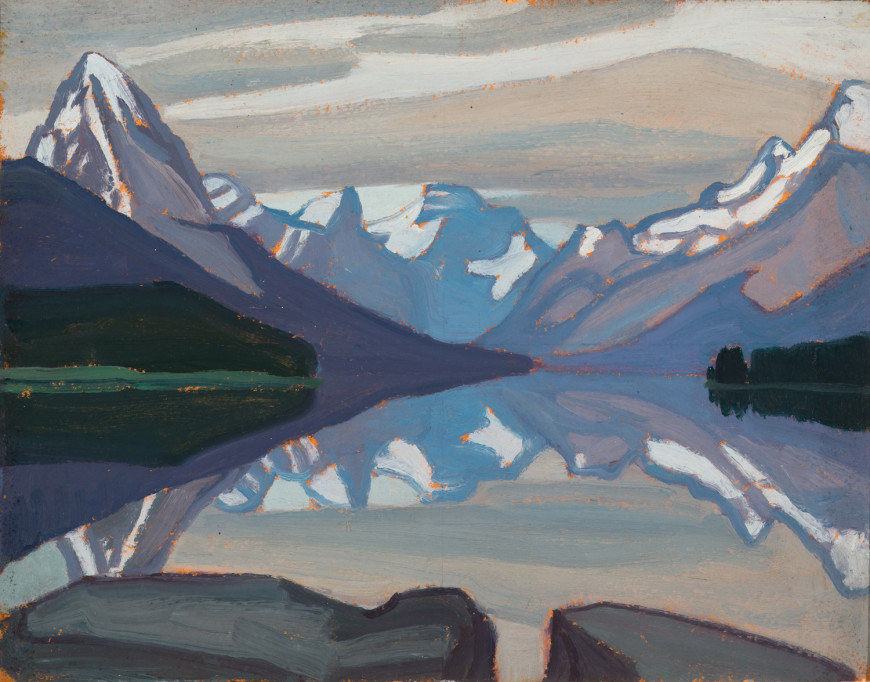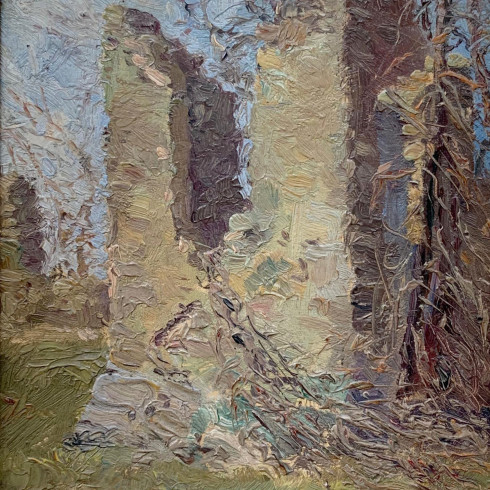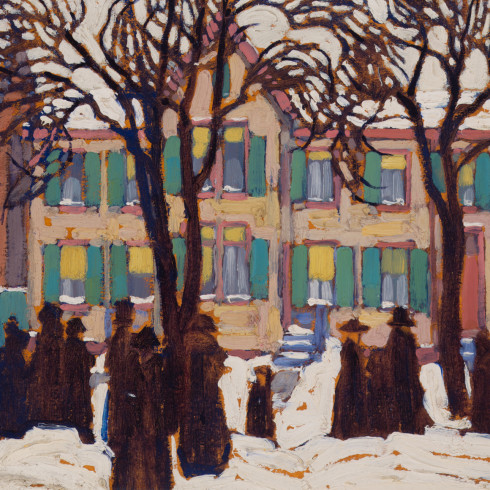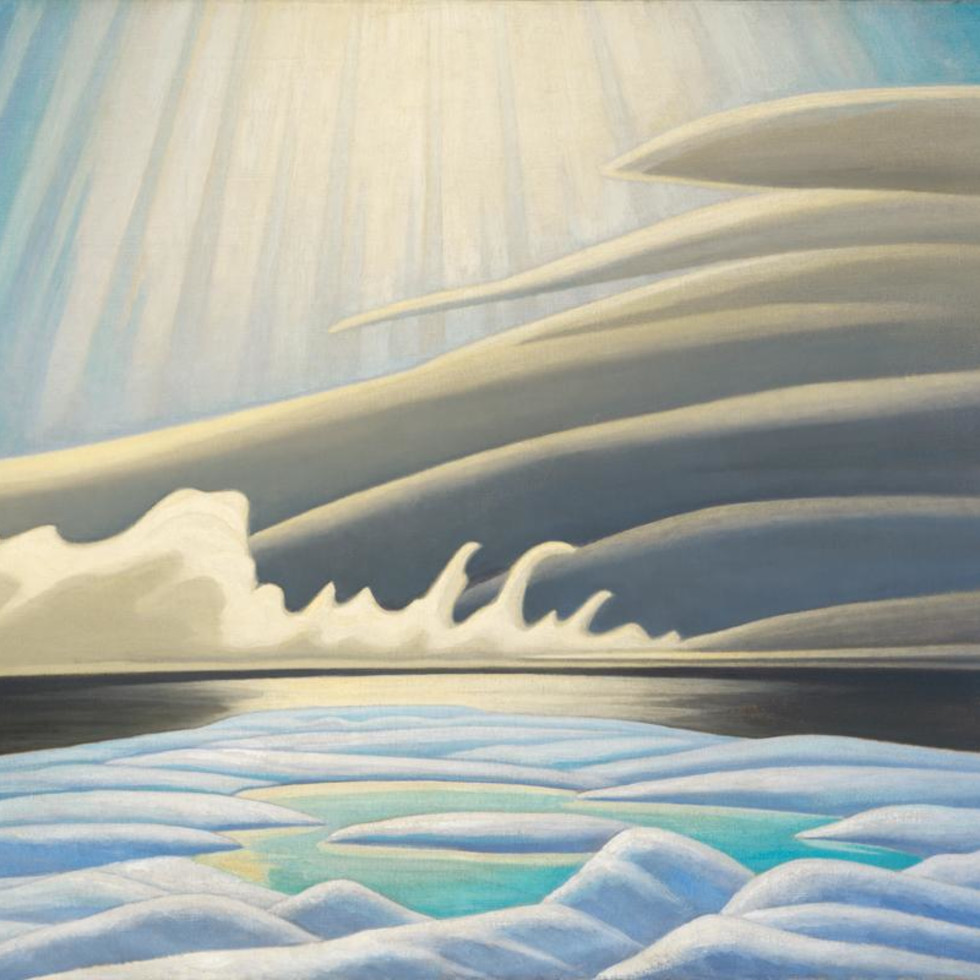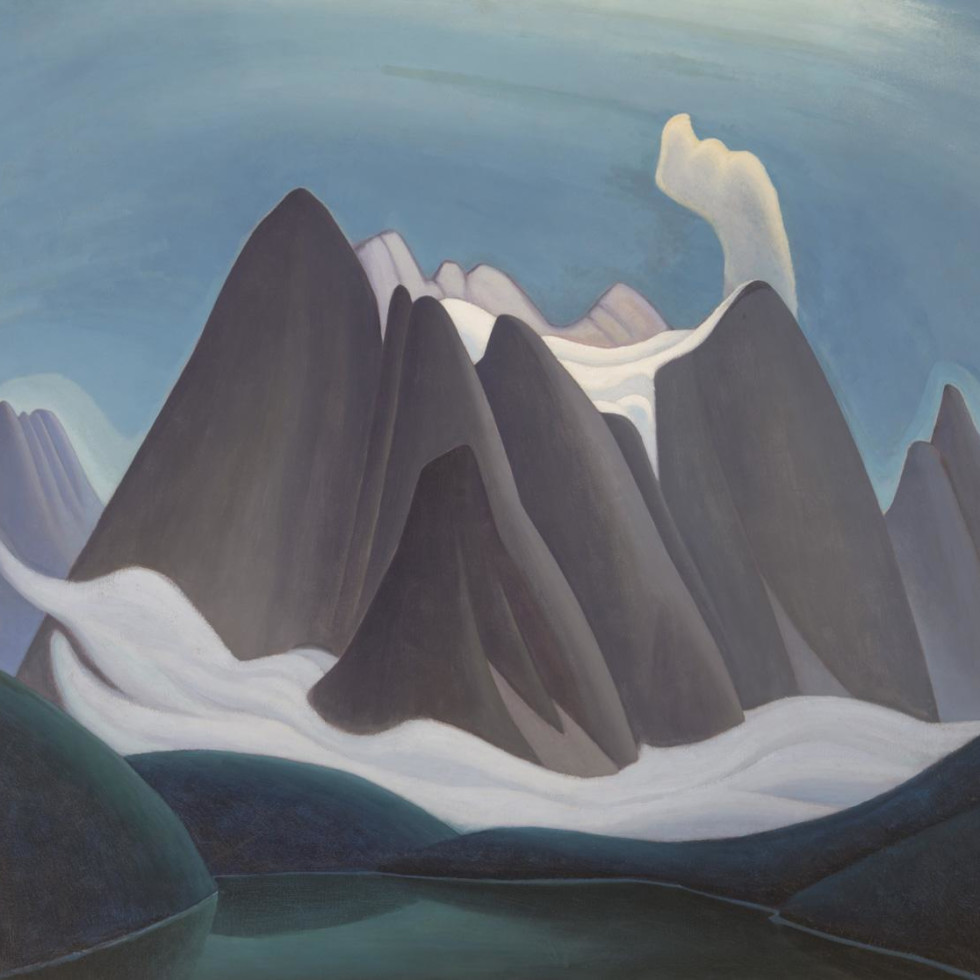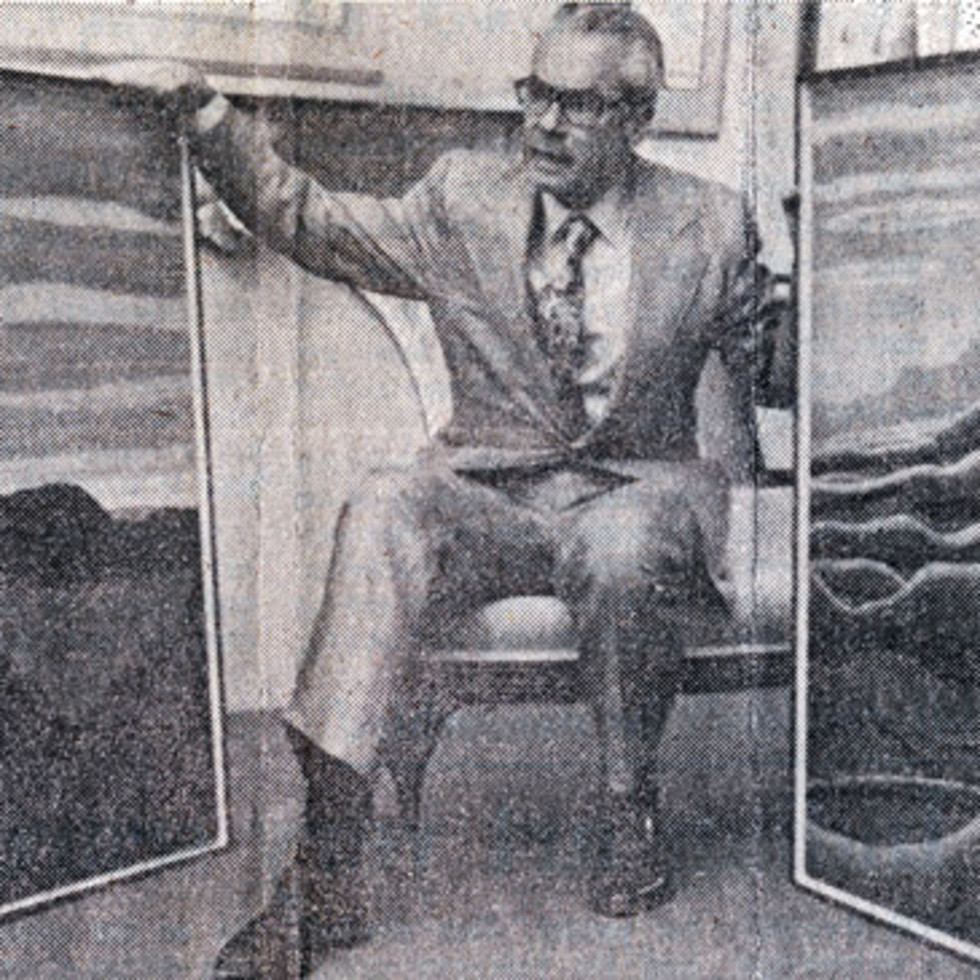Notable Sales
Maligne Lake, Jasper Park, 1924
27.3 x 34.9 cm
Provenance
Artist, Vancouver.
Bess Harris, Santa Fe, New Mexico, 1938.
S.C. Torno, Toronto by 1970;
The Collection of Mitzi and Mel Dobrin.
Exhibitions
Toronto, The Art Gallery of Toronto, October-November 1948, Lawren Harris, no. 128, collection of the artist.
Ottawa, National Gallery of Canada, 19 June – 8 September 1970, and Montreal Museum of Fine Arts, 23 September – 31 October 1970, The Group of Seven, no. 150, reproduced, loaned by S.C. Torno, Toronto.
Toronto, Art Gallery of Ontario, Jan 14 - Feb 26 1978, Lawren S. Harris: Urban Scenes and Wilderness Landscapes 1906-1930, catalogue no. 144.Toronto, Alan Klinkhoff Gallery, Lawren Harris & Canadian Masters: Historic Sale Celebrating Canada's 150 Years, April 1, 2017.
Literature
Peter Mellen, The Group of Seven (Toronto: McClelland and Stewart, 1970) p. 161, reproduced p. 160.
Dennis Reid, The Group of Seven (Ottawa: National Gallery of Canada, 1970), p. 193, reproduced p. 191.
R.H. Hubbard, Canadian Landscape Painting 1670-1930 The Artist and the Land (Madison, Wisconsin: University of Wisconsin Press, 1973) p. 174.
Jeremy Adamson, Urban Scenes and Wilderness Landscapes (Toronto: Art Gallery of Ontario, 1978) p. 167.
Peter Larisey, Light for a Cold Land Lawren Harris’s Work and Life – An Interpretation (Toronto: Dundurn Press, 1993) pp.101-102


